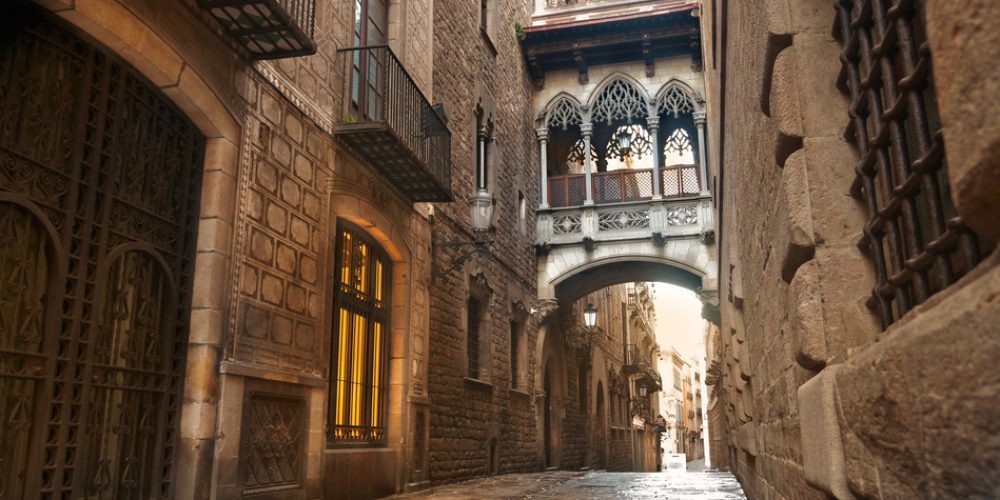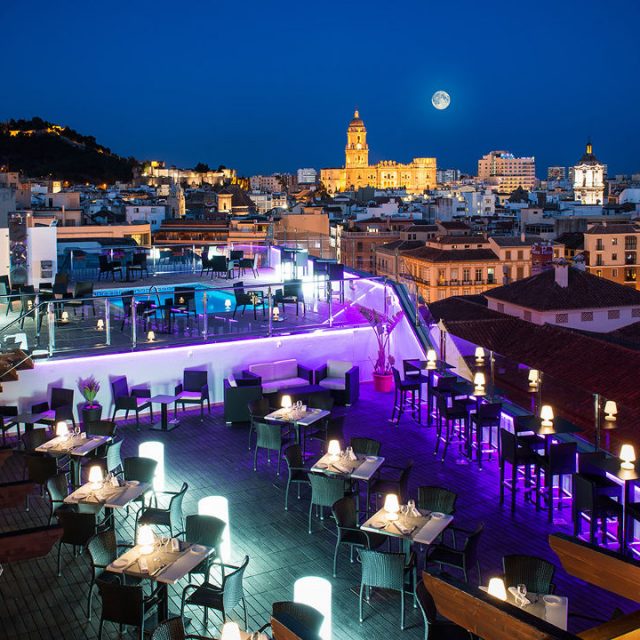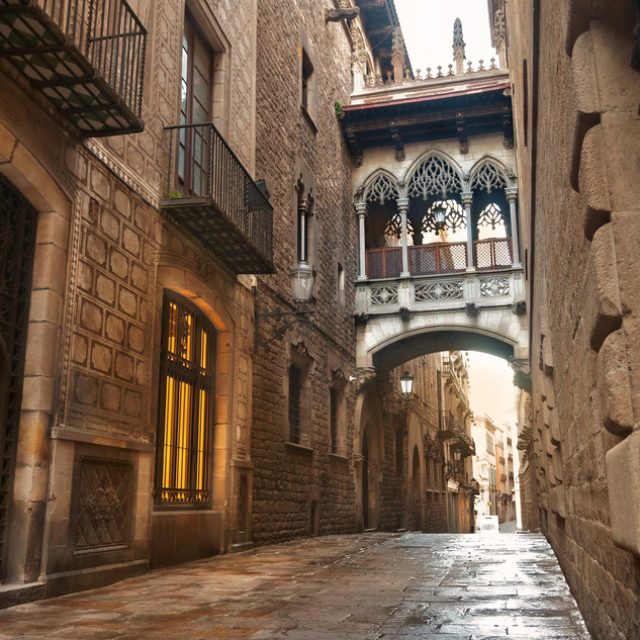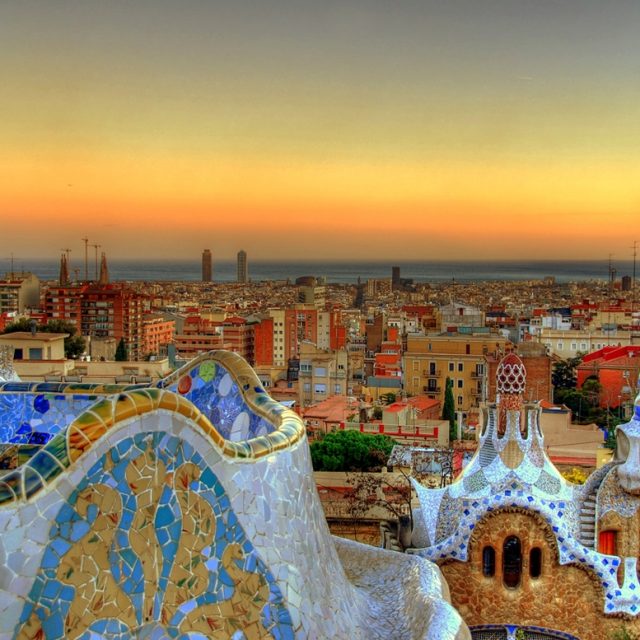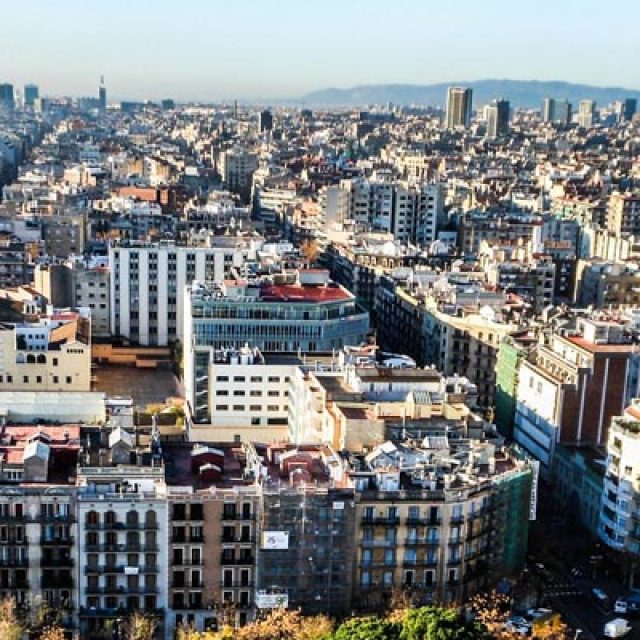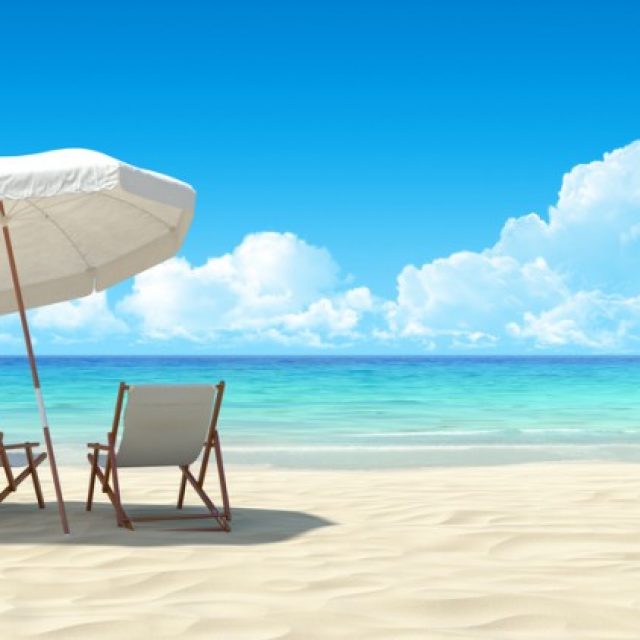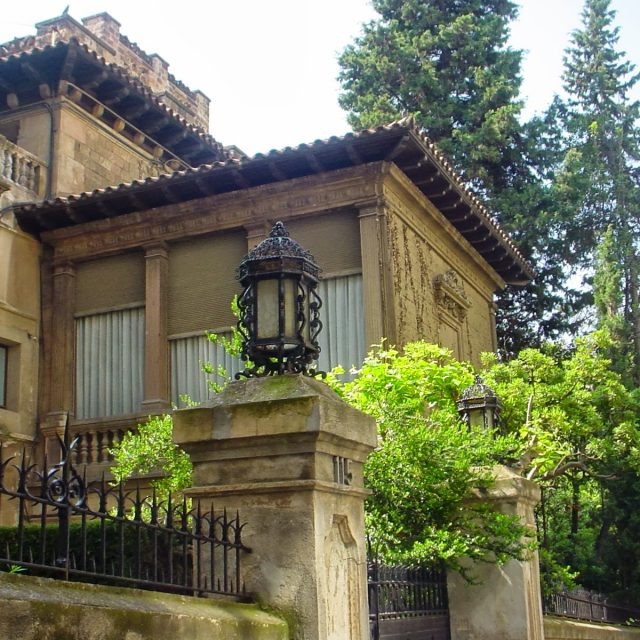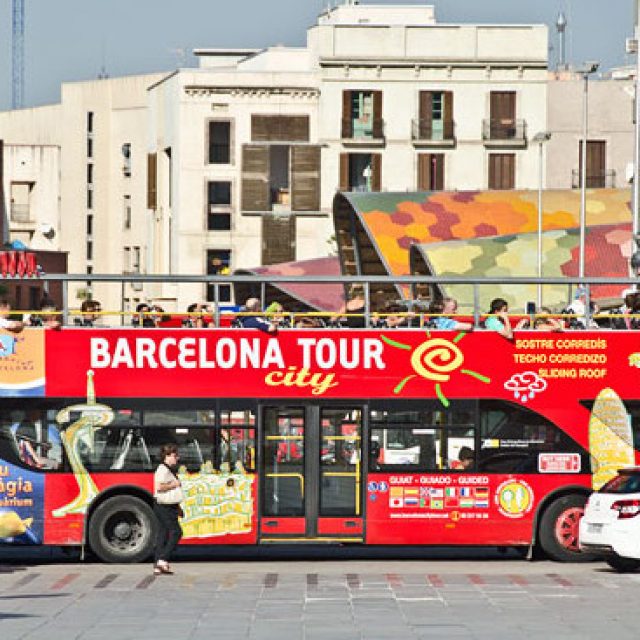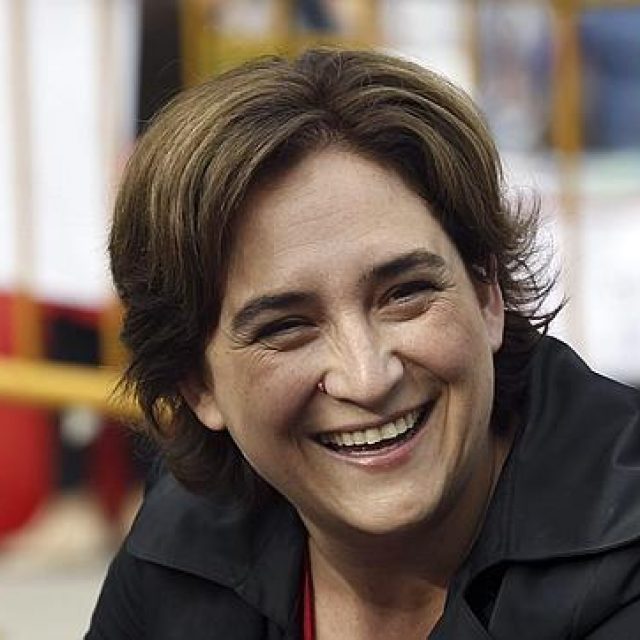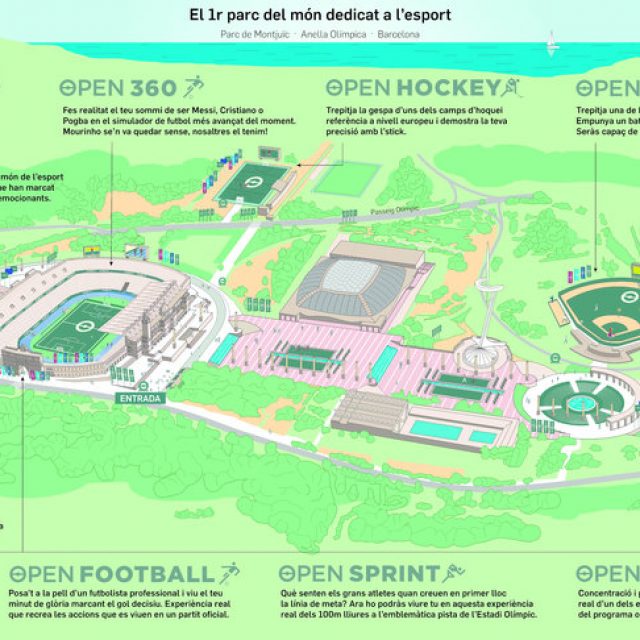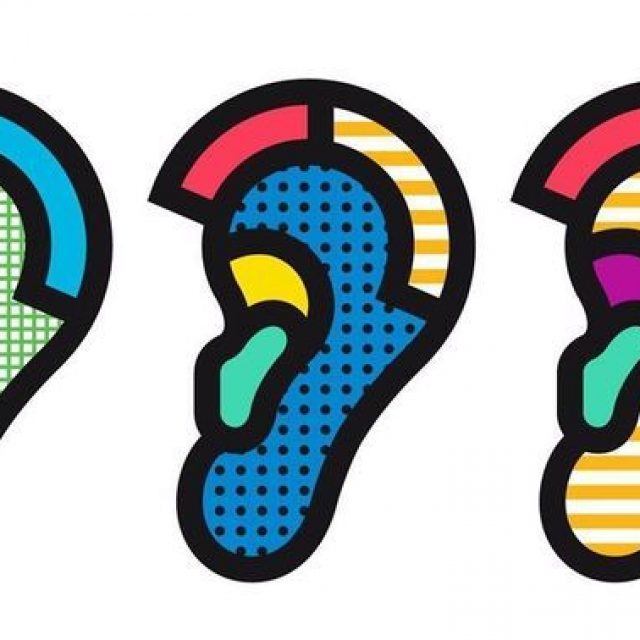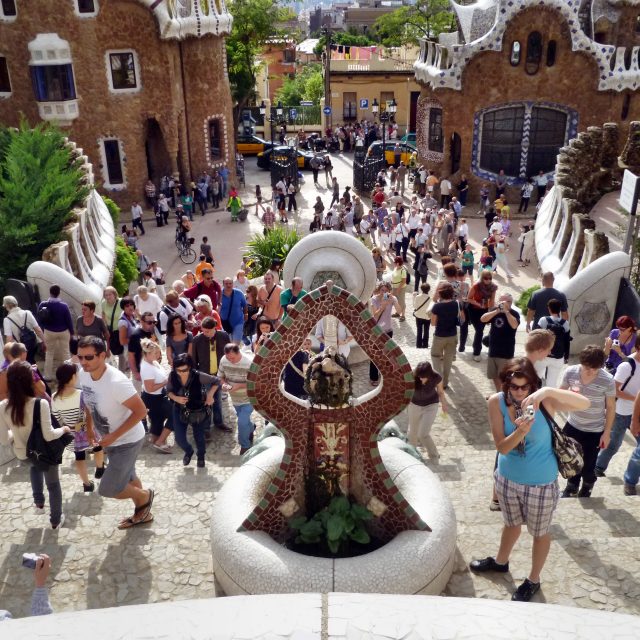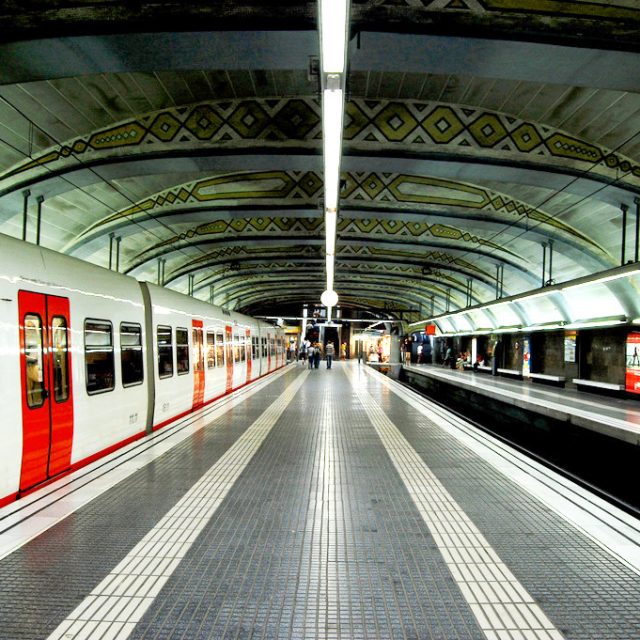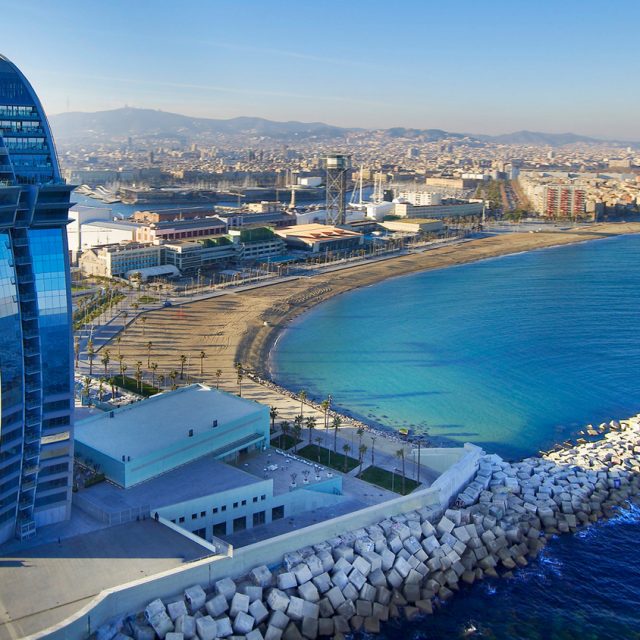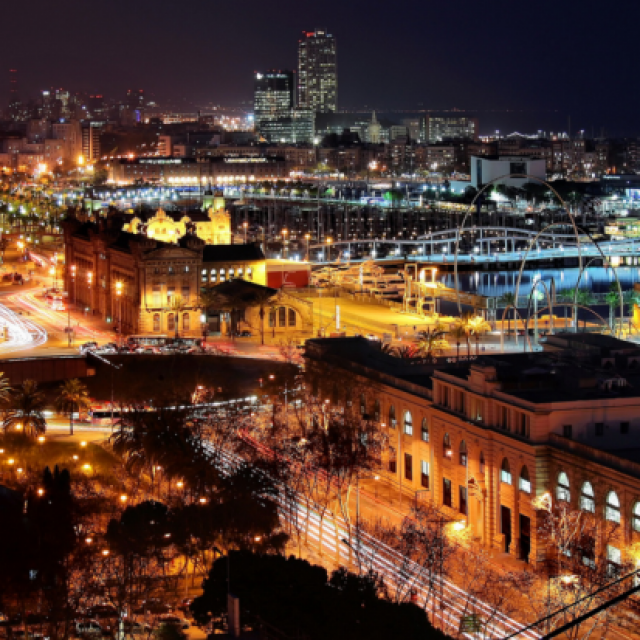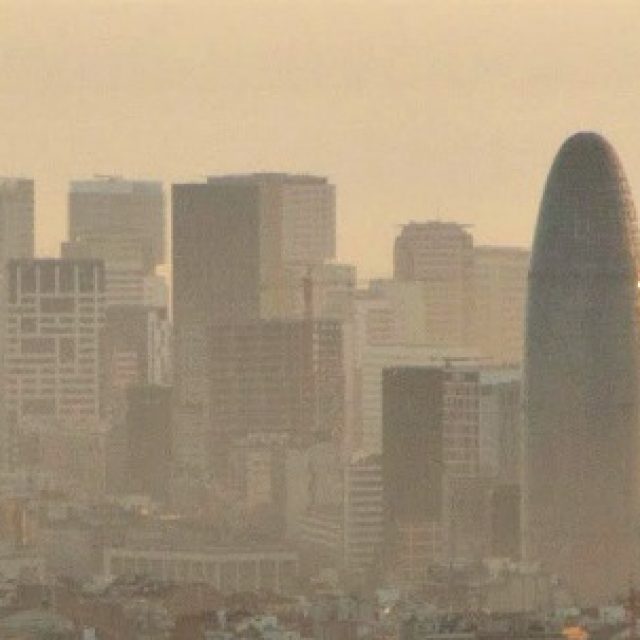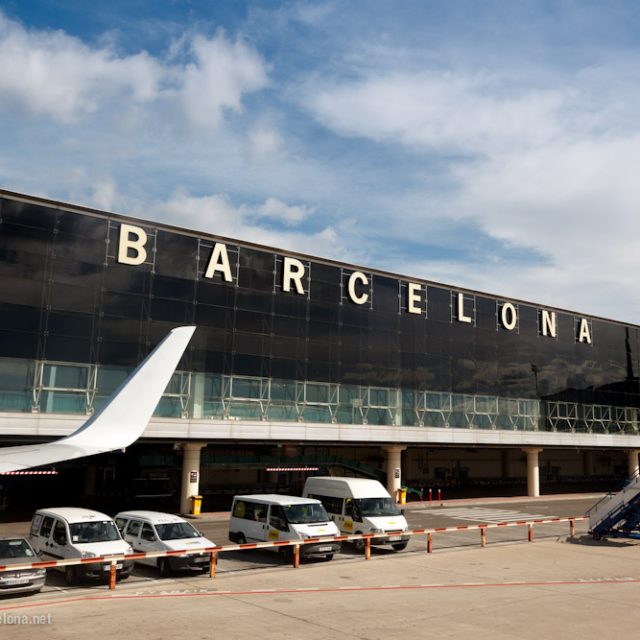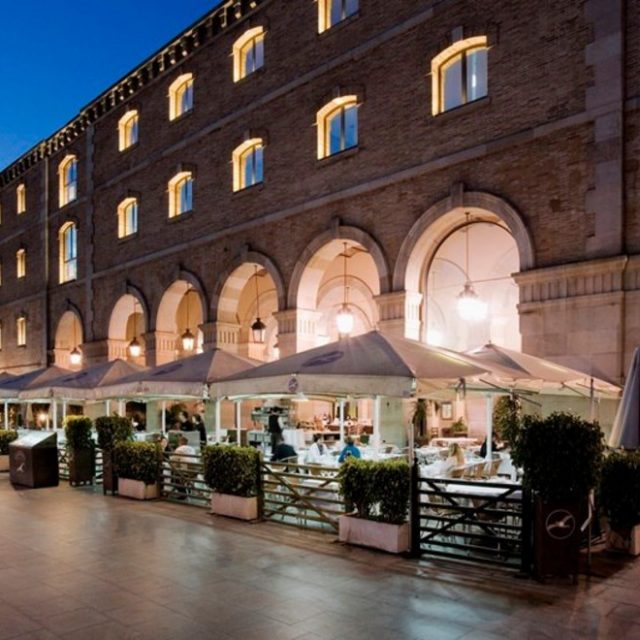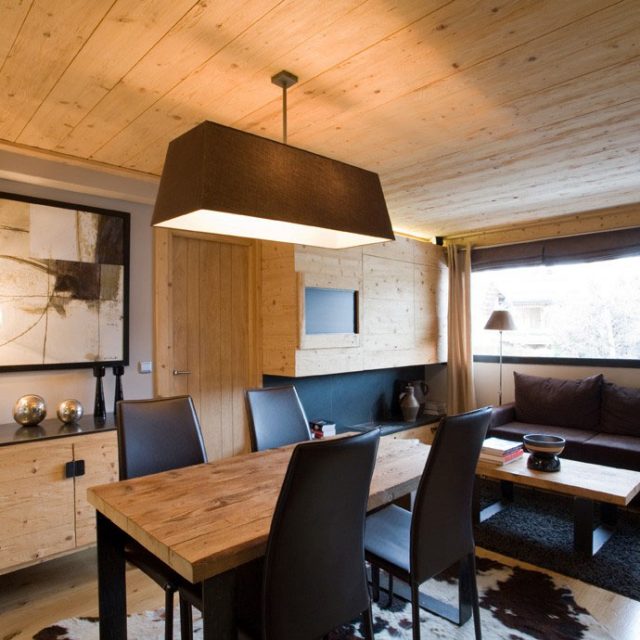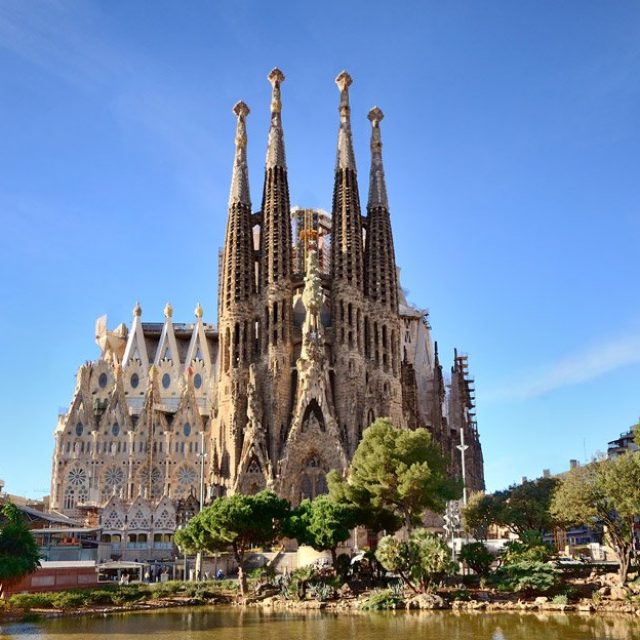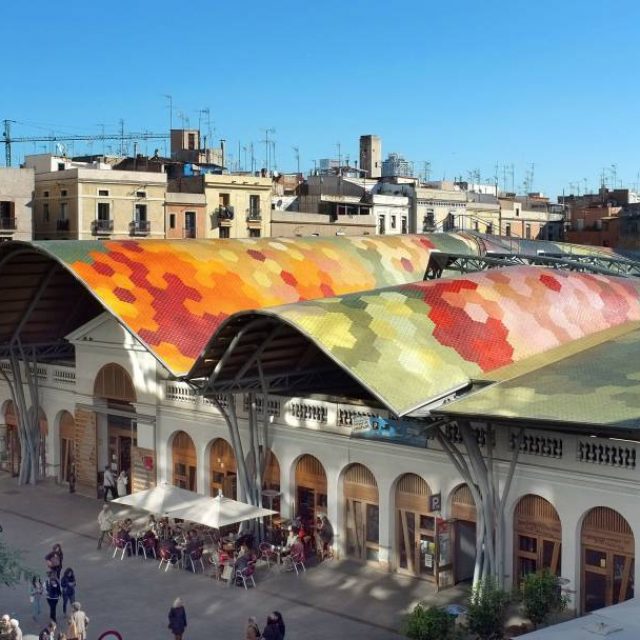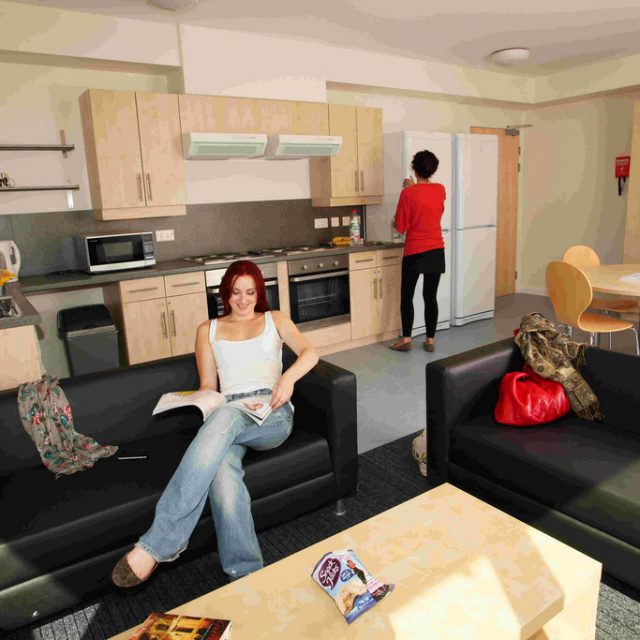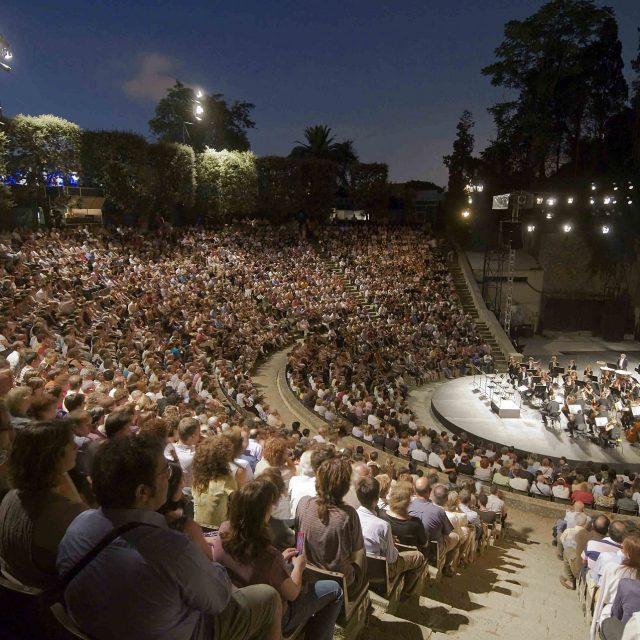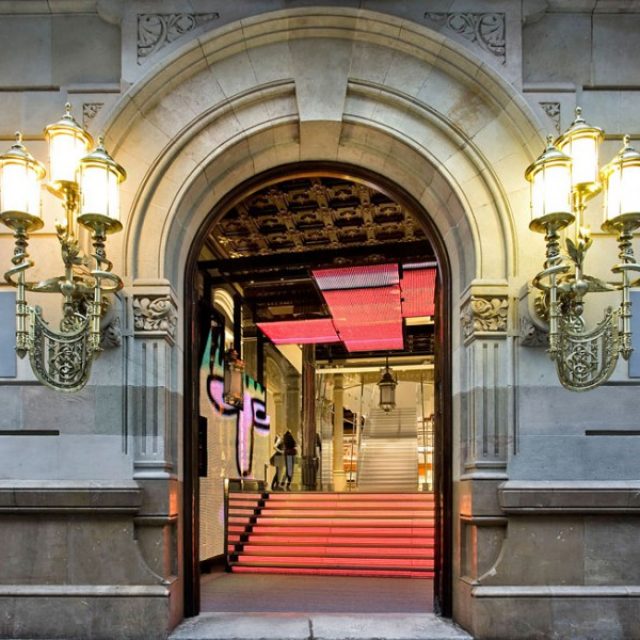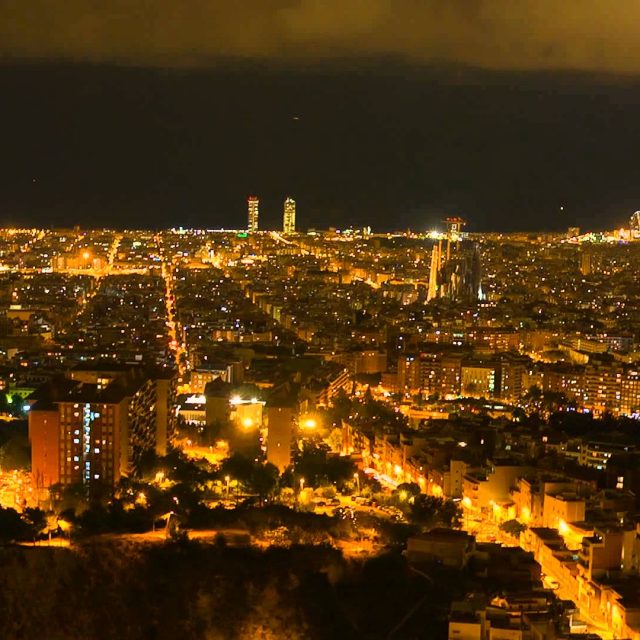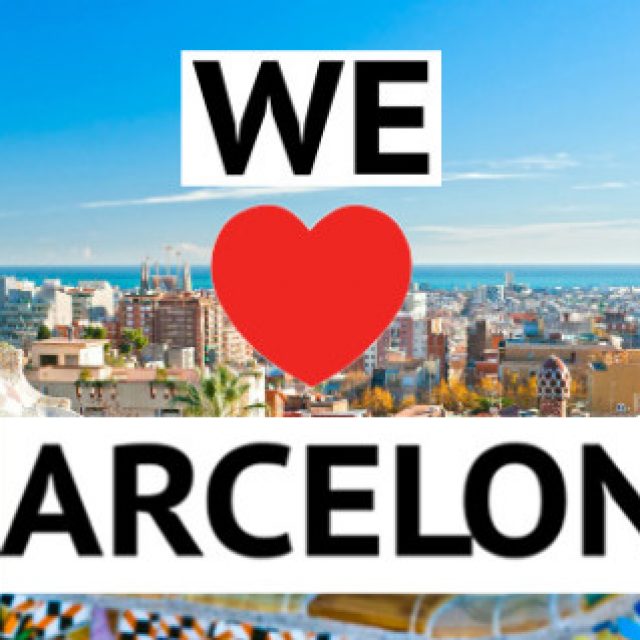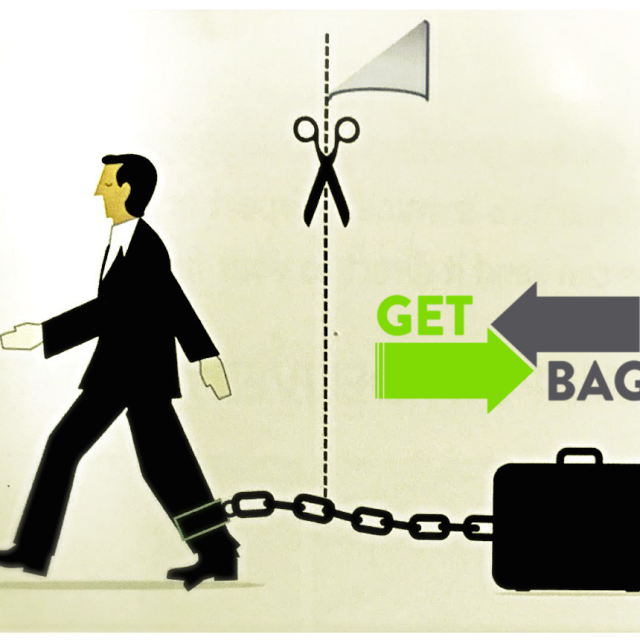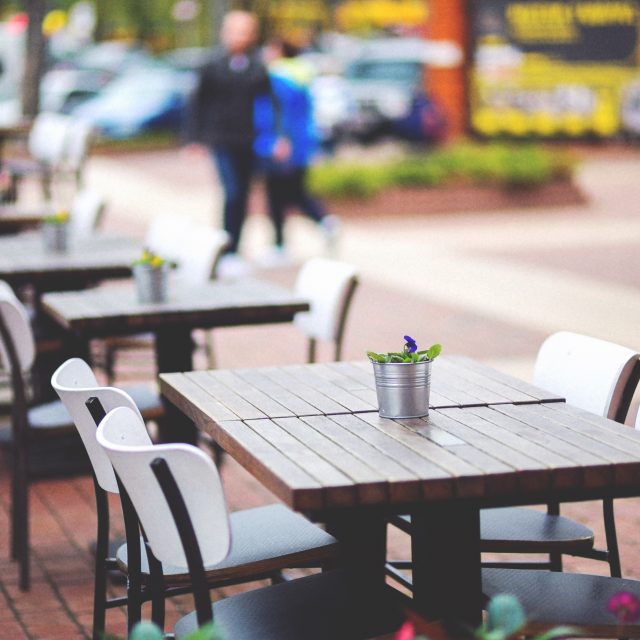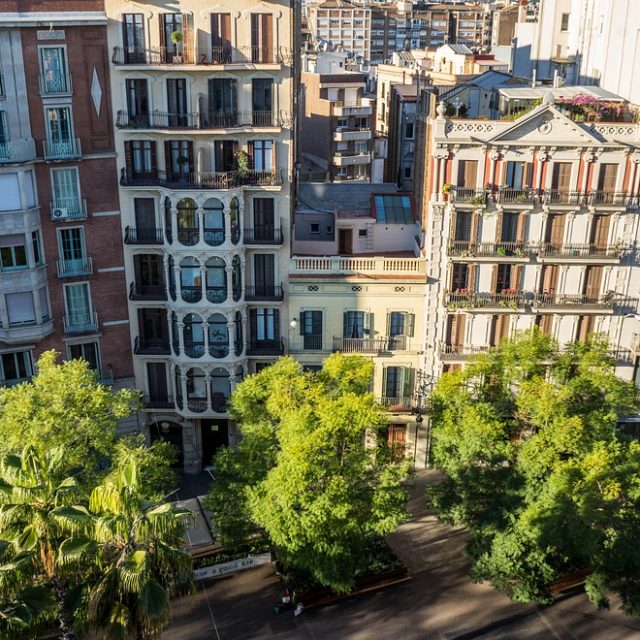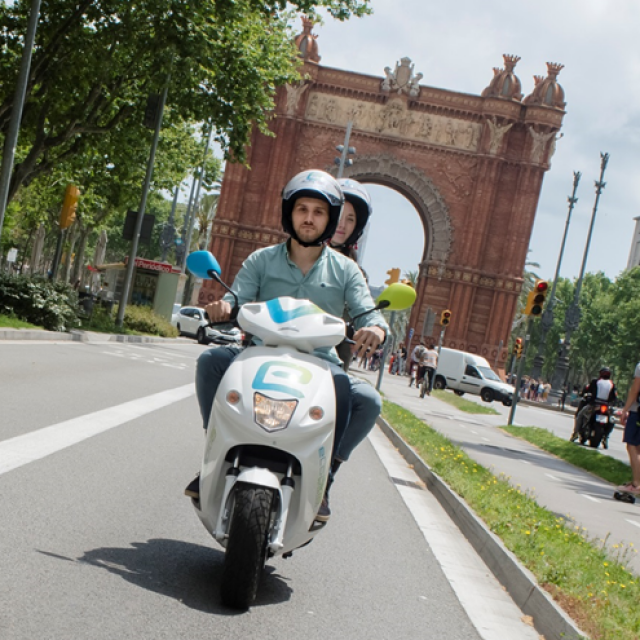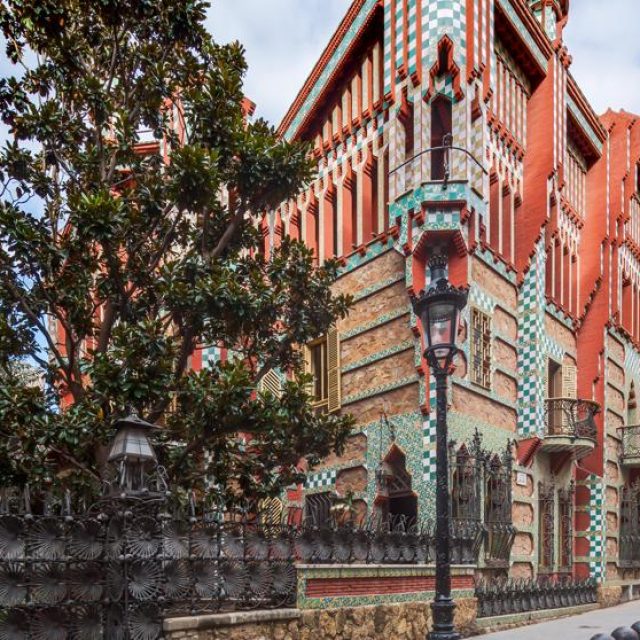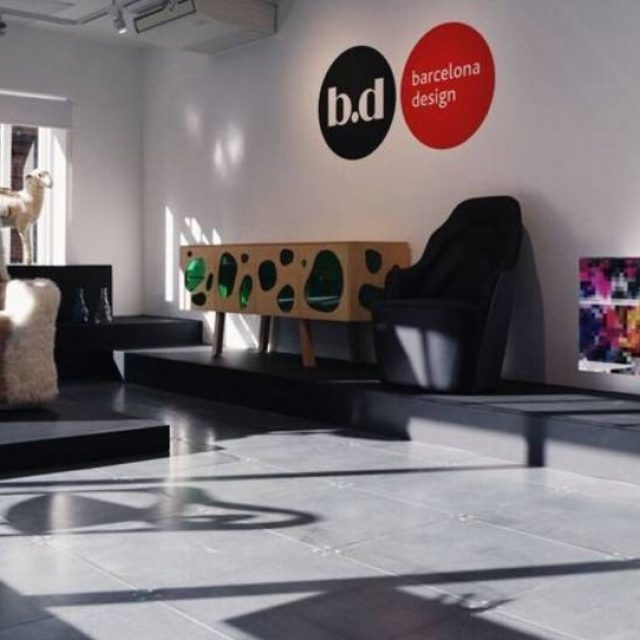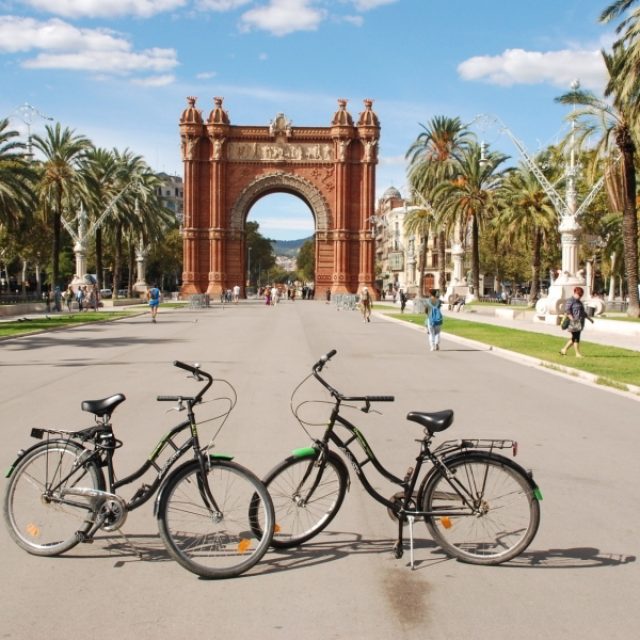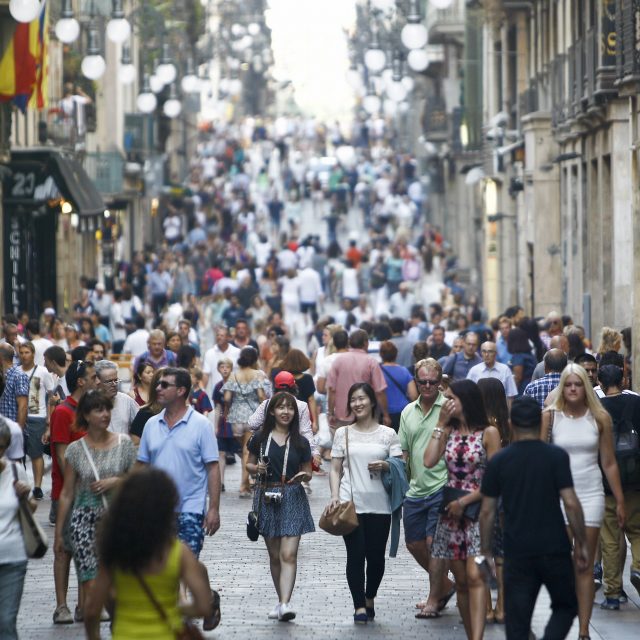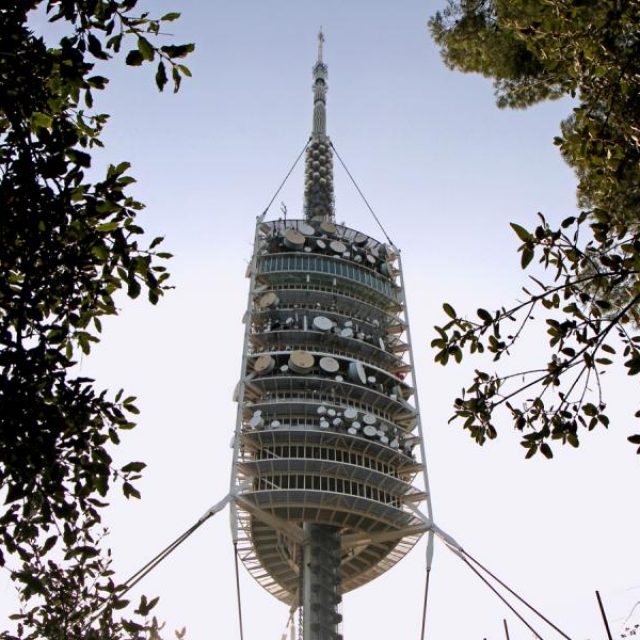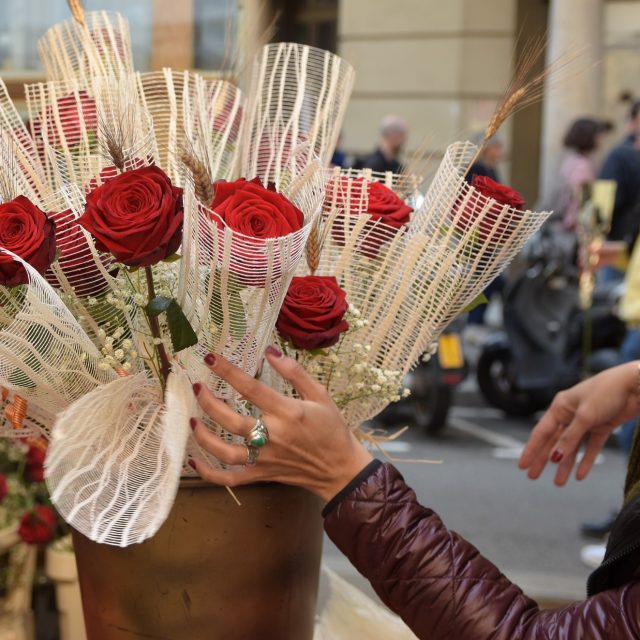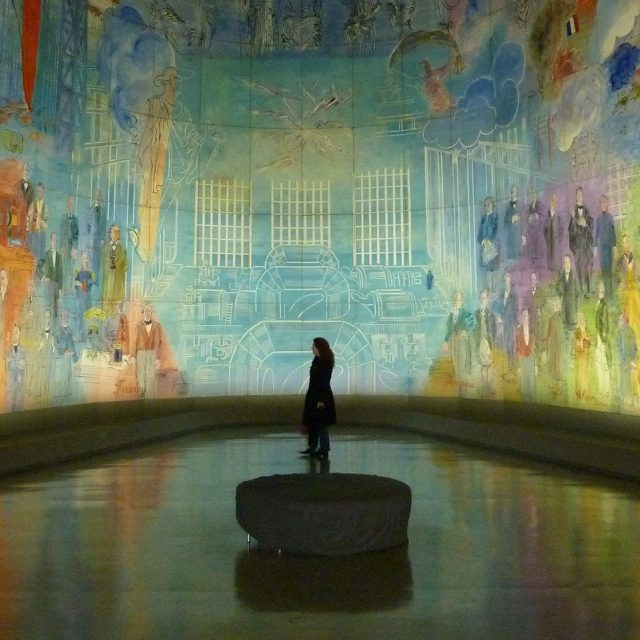The overall number of beds in apartments and hotels almost equal those of permanent residents!
More than half (52%) of the buildings in the Gothic quarter of Barcelona have tourist flats and the overall number of beds in apartments and hotels almost equal those of permanent residents. This was revealed by a report called Tourist Apartments, Hotels and Population Movements carried out by researcher Agustin Cocola, whose thesis focused on the impact of visitors on the Gothic quarter. Cocola brought this report to the debate on the planning of tourist accommodations that the city initially approved on Thursday and which will determine where new hotels will be opened and not.
The Specific Urban Plan for Tourist Accommodation (PEUAT) will regulate the sector (tourist apartments, hotels, lodging…) depending on tourist pressure and the urban fabric of each neighborhood. The program will also be involved with the outcome of the 35 hotel projects affected by the moratorium on new licenses that Mayor Ada Colau passed two weeks after taking office last July. PEUAT will demarcate the areas where new tourist accommodations cannot be opened while closing existing ones; areas where tourist accommodations can open if the current supply and other growth areas are closed.
The author of the study, Cocola, who is currently researching at the University of Cardiff and Lisbon, bases his report on last October´s data from tourist accommodation portal AirBnB, in the streets and on 40 interviews conducted with residents. Cocola warns that “the real supply of apartments will always be higher than what is announced in Airbnb,” because there are apartments posted to other similar portals, apartments that are not advertised on portals and owners of apartments licensed for tourist use who declare less than what they actually have.
The report notes that the Ciutat Vella district has the largest proportion of tourist apartments and homes. If the average of Barcelona is 2.2% in Ciutat Vella this percentage rises to 9.6%. The proportion in the Gothic quarter is almost 17%. And if residential buildings (1,029) and buildings with tourist apartments (540) are compared, the percentage is 52.5%. “More than half of the population of the district shares a building with tourists” the document graphically summarizes.
The author of the report also warns that 85% of these apartments is not licensed and some have even become hidden shelters with dozens of beds. If one adds hotels and guesthouses onto the proportion between residents and tourists, and estimate four beds per apartment the figure is virtually the same, 14,585 beds per 15,269 residents.
Numbers aside, the researcher also notes through interviews with neighbors how the arrival of tourist apartments upstairs from residents mark a before and after in the community. “The arrival of a tourist apartments means a devaluation of apartments of residents who, if they one day have to leave, will only find one buyer: Owners of tourist apartments.”

One hotel bed for each 1.6 resident bed
The impact of hotels is less significant, but there is a large concentration of hotels, aggravated by the consideration that homes have been moved to make space for hotel rooms,” says researcher Agustin Cocola in his study. The ratio of hotel beds to resident beds in Ciutat Vella is one hotel bed to every 4.9 resident beds, and this increases in the Gothic quarter: one hotel bed for every 1.6 resident beds. Out of the 122 hotels of the district, 64 are in the neighborhood of the district most pressured by tourism. And of the 51 planned hotels, he says, half are to be in Ciutat Vella. And seven in the Gothic quarter.
Source: Clara Blanchar, El País Cataluna
Photo Credit: spainattractions.es

